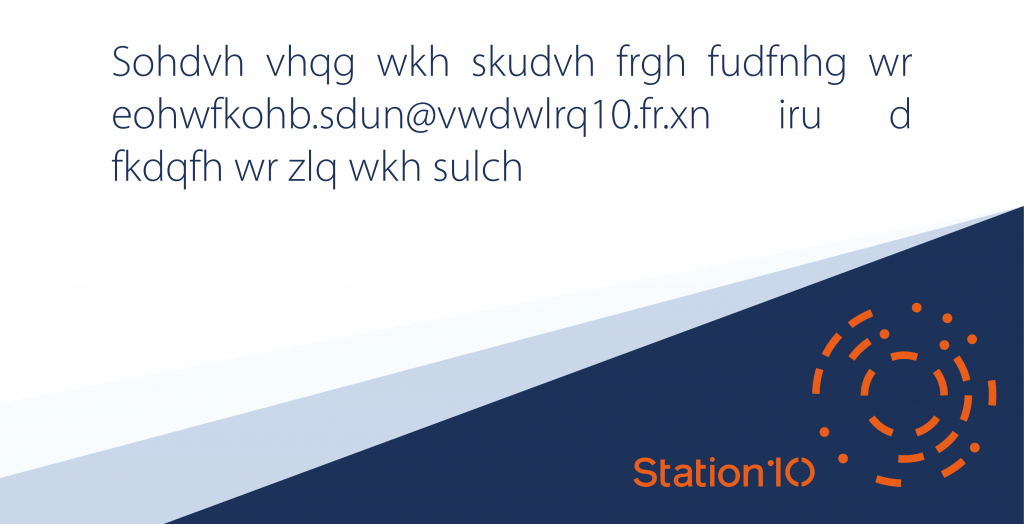ESS11 Data-driven Customer Experiences: The Future is Here!

Adobe EMEA Summit kicked off with Anjul Bhambhri taking us through the three pillars of CXM; KNOW, ENGAGE and LEARN & OPTIMIZE.
These align to the of the latest AEP solutions, services, and applications.
- KNOW – AEP; Collect, Organize, Govern, Enrich
- ENGAGE – B2B & B2C Realtime Customer Data Platform
- LEARN & OPTIMIZE
- CJA
- Sensei-Powered AI/ML Service
- Query & Dashboarding Services
Customer Journey Analytics leverages the experience platform to super-charge adobe analytics, giving organisations the customer view across all channels & devices. This ultimately reduces time to value; insights on call-centre deflection that had previously taken 2 months, now take 2 minutes.
Maximizing Sensei Powered AI/ML to gain insights at scale, and drive value back into organisations. Companies have seen 3x Conversion Rates through AI/ML around segments, audience’s journey’s and insights.
Query & Dashboarding Services integrate directly into BI tools; PowerBI, Looker, Tableau and Qlikview.
This introduction was followed up by a demo from Eric Matisoff.
Using Customer Journey Analytics, Eric highlighted the capability to match up cross-device behaviour (albeit authenticated & logged in). The user going through to purchase customized towels, move into high-value segments in a next-click real-time manner.
Segment Match was then showcased; the new platform to integrate second-party data bi-directionally. There are no cookies and no PII data shared and all data is consent driven. To quote Eric “If you’re not privacy-first, you’re privacy-last”.
The final highlight from the demo was the Real-time CDP, showcasing the ability to merge all profile and behavioural traits and activities in the AEP private identity graph. It was great to see how elements of the previous two sections came to life with Joanna Lambert, Head of Consumer for Verizon Media. Joanna discussed Verizon (and their flagship brand Yahoo) mission to Inform, Educate & Inspire, through immersive story telling techniques. Also, I suspect not the last time that hyper-personalisation is discussed at Adobe EMEA Summit – no longer a need to personalise an experience for hundreds of thousands or millions, now the need is to have millions of individual experiences.
Let’s celebrate…
As a side note and to celebrate Summit 2021 we’re running a little competition for you to win a free days consultancy with Station10. Do you know what a Caesar cipher is? Well let us educate you!
In cryptography, a Caesar cipher, also known as Caesar’s cipher, the shift cipher, Caesar’s code or Caesar shift, is one of the simplest and most widely known encryption techniques. It is a type of substitution cipher in which each letter in the plaintext is replaced by a letter some fixed number of positions down the alphabet. For example, with a left shift of 3, D would be replaced by A, E would become B, and so on. The method is named after Julius Caesar, who used it in his private correspondence.
According to Suetonius, Julius Caesar used it with a shift of three (A becoming D when encrypting, and D becoming A when decrypting) to protect messages of military significance. While Caesar’s was the first recorded use of this scheme, other substitution ciphers are known to have been used earlier.
His nephew, Augustus, also used the cipher, but with a right shift of one, and it did not wrap around to the beginning of the alphabet.
Simply decode our puzzle and follow the instructions to be in with a chance to win an entirely free day’s consultancy from Station10 on any data issue that is troubling you.



